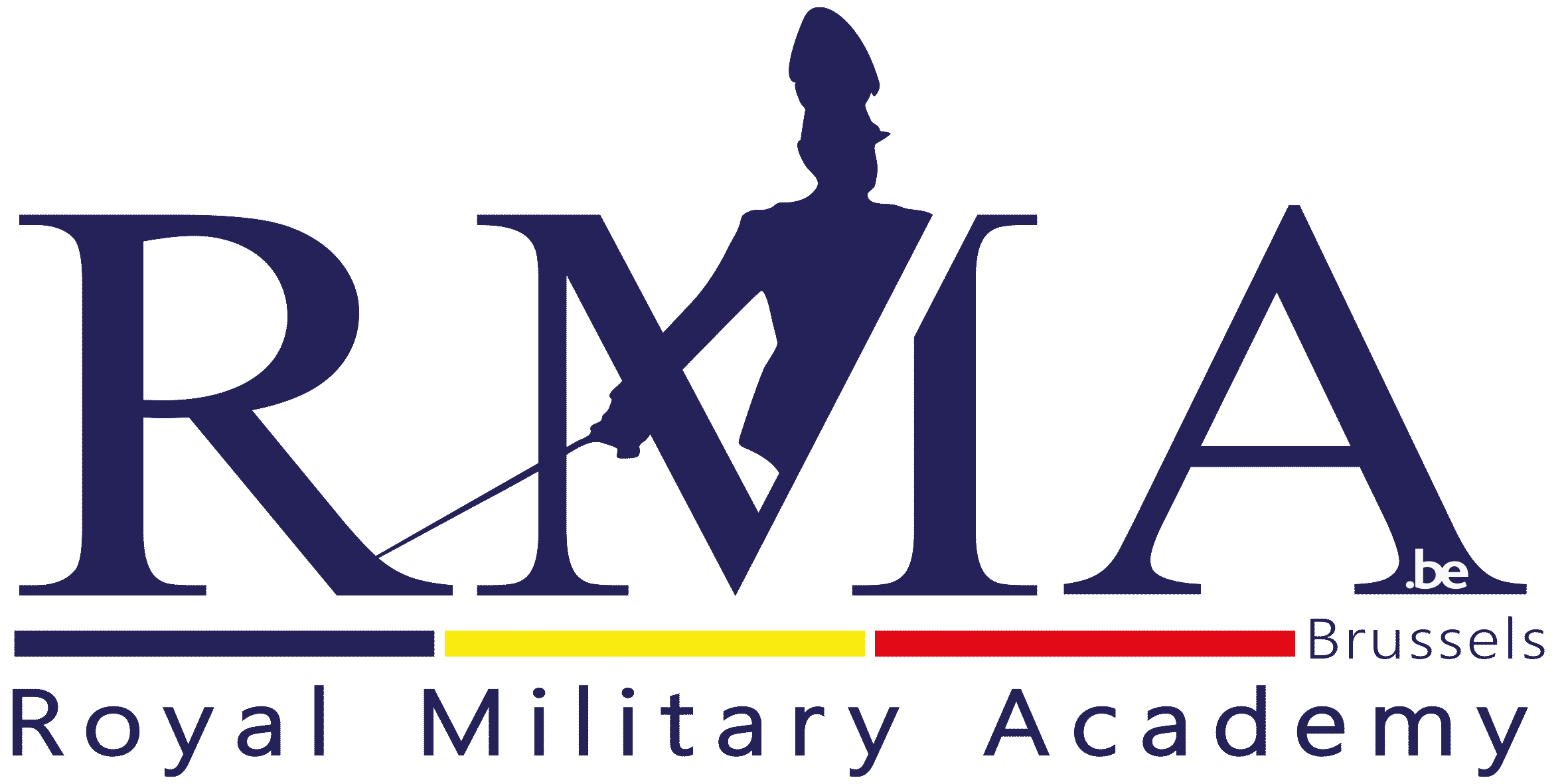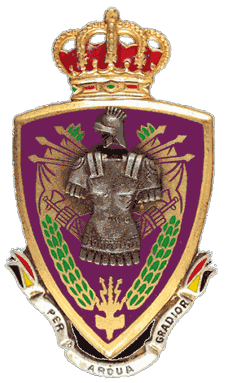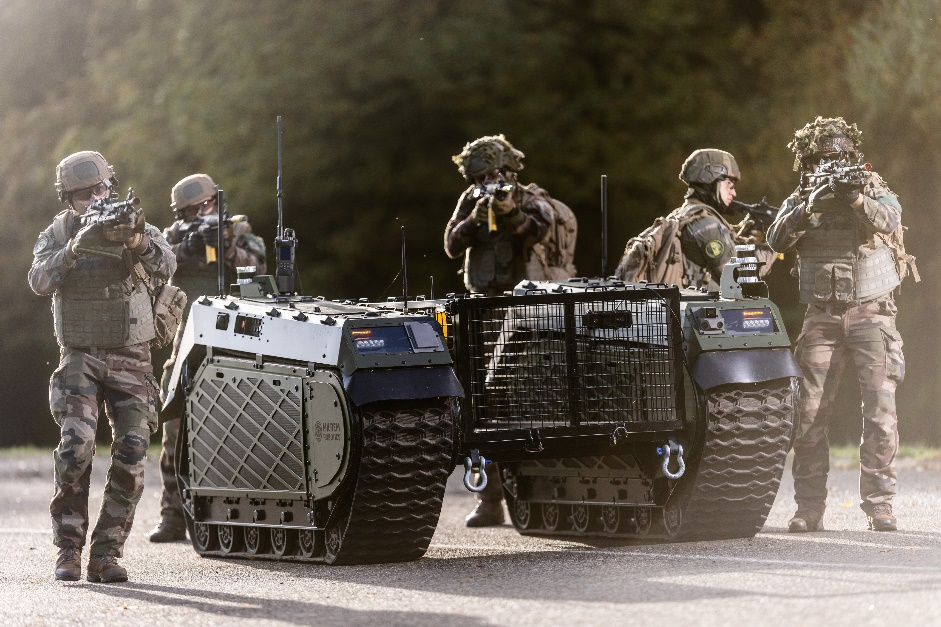ANIMUS aims to develop a modular, interoperable, and open system architecture for multi-agent unmanned systems operating in contested environments. ANIMUS is a natural follow-on to the Belgian’s contribution into the European iMUGS project and serves to build upon and extend the know-how acquired in this project. Therefore, it also fits perfectly in the ambition of Belgian Defence and LAND forces to evolve to the incorporation of more and more unmanned tools. Given the scope of the work, the project will be developed by one researcher over a period of 4 years.
The rapidly occurring changes in the geopolitical and societal contexts are characterized by a reduced acceptance of human life loss. This leads to expectations that defence is arranged with the least possible risk to personnel. This implies that integrated, semi-autonomous robotics systems will play a critical role in future complex operational environments. According to the Mordor Intelligence report [3], the MUGS market is expected to record a compound annual growth rate above 12% until 2027. However, the proliferation of robots in production portends an era of innovation and complexity in their usage, requiring adaptability and versatility in the developments to fully harness their potential without succumbing to information overload.
1. Interoperability. With multiple vendors developing a wide range of solutions, there is a high risk of excessive costs related to system integration if no interoperable solutions are found. Some suppliers provide integrated systems but give those as a closed-form proprietary solution, leading to high prices due to vendor lock-in. In addition, European Union being mingling several strong individual entities leads to individual development of military equipment. Thus, as evoked in [4], the European commission works towards the development of standards allowing to gather those unique but separate equipment around a common language able to cooperate with each other. Therefore, working towards universally adopted standards for interoperability in unmanned ground systems is essential. In response to this, we propose, through this project an active Belgian involvement into the future NATO-IST working group on developing a concept demonstrator for interoperability in a large panel of unmanned systems. This participation will demonstrate the Belgian Defence ability to take an active responsibility in the creation and enhancement of standards such as the STANAG 4818.
2. Heterogeneous multi-robot coordination. Multi-robot coordination refers to a group of autonomous robots that work collectively to achieve a common goal. These robots are designed to coordinate their actions and interact with each other to carry out a task beyond an individual robot’s capabilities. The fleet heterogeneity will allow the system to act and sense the world with different and various abilities. In this context, this heterogeneity imply the use of different types of sensors acknowledging the surrounding environment state but also the variety of robotic domains such as a mix of aerial and ground systems. Therefore, the supervisor entity will have to capitalize on the swarm’s diversity to optimize the available resources according to the information collected while exploring an unknown environment, contributing to the modularity and standardization efforts foreseen for this project.
3. Human-agent teaming. As the amount of robots increases, the cognitive load on the human operator rises tremendously. In response to this threat, ANIMUS will develop a highly autonomous multi-agent and heterogeneous system that interacts with the human operator via an intelligent human-machine interface, using novel command & control concepts. Such innovation will enable automatic filtering and selection of relevant information, reformatting the data acquired, thus allowing efficient decision-making from the operators.
The outcome of this study will be an interoperable set of robotic assets and contributions to standardization activities. The latter work will be validated for unmanned ground systems by participating in the European Land Robot Trials and the ENRICH challenges usually organized within the scope of the NATO-IST program testing the effectiveness of the STANAG 4818. It aims also the publication of several research journal and conference papers to present the progress made on the state of the art.
- Loading Mastodon feed...
Project Publications
2025
- E. Maroulis, D. Hawari, K. Hasselmann, E. Le Flécher, and G. De Cubber, “Experimental Evaluation of Roadmap-Based Map Generation with Continuous-Time Conflict-Based Search for Multi-Agent Pathfinding," in IEEE International Conference on Autonomous Robots and Agents, ICARA, 2025, p. 380–387.
[BibTeX] [Abstract] [Download PDF] [DOI]
This article presents an experimental evaluation of a Multi-Agent Pathfinding (MAPF) approach for large-scale robotic fleets operating in diverse outdoor environments. We generated three distinct types of roadmap graphs: Constrained Delaunay Triangulation (CDT), Voronoi Diagram (VD), and Grid-derived from an obstacle file, and assessed their quality using metrics obtained from graph theory. Then, the performance of the Continuous-time Conflict-Based Search (CCBS) algorithm was evaluated across three different environmental maps, considering practical performance metrics including makespan and failure rate. Subsequently, the roadmap generation methods were ranked based on CCBS performance in similar scenarios using the Friedman statistical test. The results indicate that CDT outperforms both VD and Grid maps, even though it does not exhibit the best graph metrics in many environments. CDT’s superior performance is attributed to its enhanced interconnectedness and the availability of multiple pathways, as evidenced by its balanced metrics and structural properties. We show that CDT is the most efficient and reliable roadmap generation technique for multiagent systems under our experimental conditions making it a preferred choice for robust pathfinding.
@inproceedings{34774d01cc3341398188fc8353028be2, title = "Experimental Evaluation of Roadmap-Based Map Generation with Continuous-Time Conflict-Based Search for Multi-Agent Pathfinding", abstract = "This article presents an experimental evaluation of a Multi-Agent Pathfinding (MAPF) approach for large-scale robotic fleets operating in diverse outdoor environments. We generated three distinct types of roadmap graphs: Constrained Delaunay Triangulation (CDT), Voronoi Diagram (VD), and Grid-derived from an obstacle file, and assessed their quality using metrics obtained from graph theory. Then, the performance of the Continuous-time Conflict-Based Search (CCBS) algorithm was evaluated across three different environmental maps, considering practical performance metrics including makespan and failure rate. Subsequently, the roadmap generation methods were ranked based on CCBS performance in similar scenarios using the Friedman statistical test. The results indicate that CDT outperforms both VD and Grid maps, even though it does not exhibit the best graph metrics in many environments. CDT's superior performance is attributed to its enhanced interconnectedness and the availability of multiple pathways, as evidenced by its balanced metrics and structural properties. We show that CDT is the most efficient and reliable roadmap generation technique for multiagent systems under our experimental conditions making it a preferred choice for robust pathfinding.", keywords = "Measurement , Automation , Reliability theory , Graph theory , Path planning , Robots , Multi-agent systems", author = "Emmanouil Maroulis and Danial Hawari and Ken Hasselmann and Le Flécher, Emile and De Cubber, Geert", year = "2025", month = may, day = "5", doi = "10.1109/ICARA64554.2025.10977707", language = "English", pages = "380--387", booktitle = "IEEE International Conference on Autonomous Robots and Agents, ICARA", issn = "2767-7745", url = "https://ieeexplore.ieee.org/document/10977707", unit= {meca-ras}, project= {CUGS, ANIMUS, AIDEDEX, CONVOY} }



